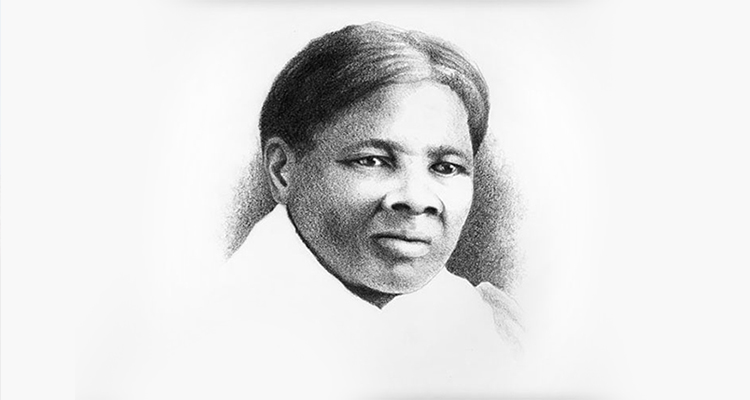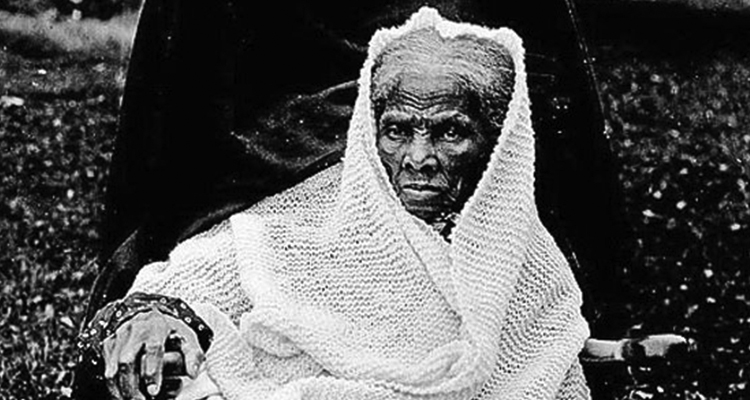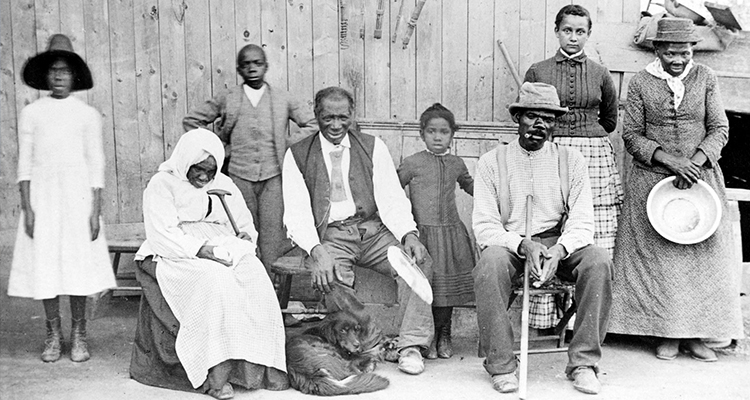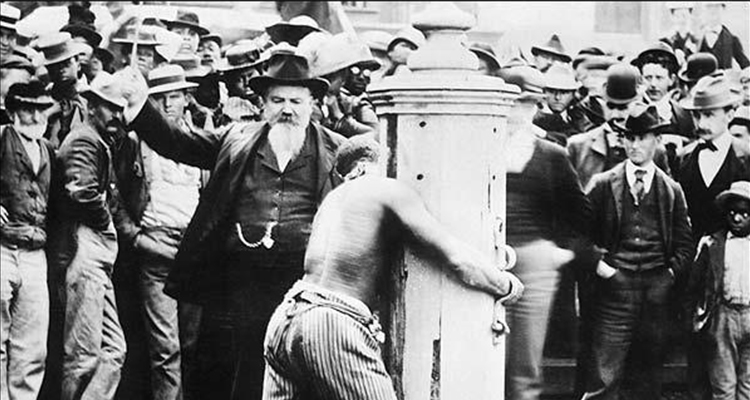Social Issue Essay Sample About Harriet Tubman and Her Contribution to the Fight Against Slavery
Introduction
Harriet Tubman belonged to the second generation of slaves who committed her life to fulfilling her cry to slaveholders (Terry 555). Harriet freed herself from slavery and returned to the south about 19 times in order to free more than three hundred slaves. According to Siener and Chambers (35), Harriet had an imperturbable faith in God and strongly believed that slavery was an evil created by human beings. Slaves and other abolitionists of slavery referred to her as “Moses”, equating her to the biblical Moses who led Israelites out of Egypt. Harriet neither lost a slave nor failed on rescue missions. According to historical documentations, Harrier was a spy and a scout for the Union Army throughout the Civil War (Terry 557). In addition, her information was significantly responsible for the destruction of the huge amounts of the confederate resources (Siener and Chambers 45). Harriet continued fighting for justice and social reforms for her people after the Civil War. This paper confirms the pivotal role that Harriet Tubman played in fighting slavery during her tenure as a conductor at the Railroad.
Born in 1820 as Aramita Ross, Harriet Tubman was the eleventh child in her family. Her father and mother were Benjamin Ross and Harriet Green respectively (Siener and Chambers 52). Her parents were believed to be pure Africans from the Ashanti people of the Western Africa. Harriet’s family suffered under and languished in the second-generation slavery (Siener and Chambers 45). Harriet’s two sisters were sold, whereas she was leased out to the neighboring families to check muskrat traps, do housekeeping, and wind yarn (Singer 65). After her contraction of bronchitis and measles, she returned to the Edward Brodas plantation to be tended back her health by her mother.
At the age of 12 years, Harriet returned to the plantation to serve as a field slave (Singer 68). During her period of work as slave in the plantation, Harriet managed to develop her endurance and physical strength. One year later, she witnessed a failed escape attempt which she was held responsible. She was ordered to tie the tie up the escapee, who later managed to free himself and escaped successfully. The slave overseer hit Harriet on the head with a weight of about two pounds. This injury left her with a permanent pockmark on her forehead. As a result, she suffered from severe headaches and narcoleptic seizures throughout her life (Terry 556).
Harriet got married to John Tubman in 1844, though their marriage did not bring them children (Singer 82). Five years later, after the death of her master, she learned that she was going to be separate forcibly from her family. As such, Harriet planned to run away, though her husband refused to accompany her and even threatened to report her to the slaveholder (Bradford 52). During her escape, after the small distance, her brothers chose to return. This left her to continue with her plans alone. She had to hide during the day and travel during the night. However, her joy short-lived because she realized fully that she was alone and thought of her family, which was suffering in slavery. According to Harriet, she would never have a chance to see them again or know their fate unless she tried to free them from the bondage of slavery (Singer 75).
She settled in Philadelphia and worked as laundress, cook, and a house cleaner in order to save money for her family and support herself (Siener and Chambers 45). While in Philadelphia, Harriet met William Still, who was a son of the escaped slave, an a8bolitionist and a leader of the Philadelphia Anti-Slavery Society, which was also referred to as Philadelphia Vigilance Committee (Siener and Chambers 63). Harriet became aware of the Underground Railroad with its surreptitious network of white and black abolitionists who used an intricate series of secret tunnels, roads and houses. When the Congress ratified the Fugitive Slave Act in 1850, making it unconstitutional to help an escaping slave, Harriet joined the Underground Railroad.
Singer pointed out that this might be because “Harriet was uneducated and her excursions were strategically kept secret in order to increase her safety and success” (80). She strongly believed that God would support her efforts. Slaves and other abolitionists began referring her as Moses since she successfully led enslaved people to freedom. She frequently conveyed messages to fugitives and slaves encoded in hymns or Bible quotes delivered to her while she was praying. Slaveholders placed a bounty for anyone who would capture her. She managed to free her parents and settle them in Auburn, New York (Singer 81).
In around 1862, Harriet traveled to South Carolina and served as a nurse, scout, spy and cook. After the war, Harriet settled with different family members in her house in New York.
During her last years, Harriet was busy assisting others. Her health eventually failed and she lived in her home until she died. Harried died in March 10, 1913. Harriet was buried with full military honors.
Harriet’s Contribution to the Fight against Slavery
Various narratives and Philadelphia abolitionists recognize that the Niagara Falls was both a place in which refugees and those who helped them stayed. The Underground Railroad crossed into Canada (Siener and Chambers 49). Using this account, one can establish whether Harriet Tubman played a pivotal role in fighting against slavery. Apparently, Harriet Tubman utilized the railroad to cross into the neighboring Canada. Almost each recent biography of Harriet Tubman deploys this account as the foundation for discussing her role in leading slaves to Canada. As Siener and Chambers explain, “Harriet is recognized as a legendary leader of her people, though her accurate numerical effect is much lower” (56). Singer’s work interestingly does not mention the Suspension Bridge, though it does repeatedly claim that Harriet freed thousands of escapees (65). According to Terry (554), the traditional belief that Harriet rescued three hundred people during the nineteen excursions cannot withstand serious historical scrutiny. Narrative accounts robustly indicate that the suspension bridge deployed by Harriet Tubman led slaves across the border was situated at the Niagara city.
As Terry elucidates, “Harriet was a key figure in the fight for freedom. As one of the second-generation slaves, the unkindness suffered and viewed by her in her early years strengthened and solidified her desire for the freedom of her people” (555). According to Siener and Chambers (56), Harriet contrasted the institution of African American slavery with the slavery viewed and suffered by Moses and Israelites in Egypt. She dedicated her life to freeing her people out of the bondage of slavery and led them to the promised land of freedom. In addition, Harriet also felt that attaining equality and freedom for African Americans was closely associated with the rights of women. As a result, she was deeply involved in the early histories of women’s suffrage movements and civil rights in the United States (Singer 68).
According to Terry (555), Harriet Tubman was the most successful and famous conductor of the Underground Railroad that offered help, food and shelter to runaway slaves during their escape to freedom. Terry also pointed out that Harriet was assisted in making the system work by offering hope of freedom for the slaves from the south. Many slaves acquired their freedom via the Underground Railroad (557). After Tubman flee from slavery, she returned to slave-holding states several times to assist other slaves flee. On several occasions, she managed to lead them safely to free states in the northern and Canada (Terry 557).
It was extremely dangerous to be an escapee. There were bounties for their capture as specified in several advertisements. Every time Tubman led runaway slaves, she placed herself in danger. If any runaway slave being led by Tubman changed her mind, she went to an extent of threatening him or her. Tubman understood that if any runaway slave changed his or her mind, it would put the entire flock in danger of being discovered or captured. She was well recognized for leading slaves to freedom (Siener and Chambers 56). During her several excursions to the south, Harriet Tubman was able to rescue 70-year old adults. Rewards for her capture were as high as 40000 thousand dollars, though she was never captured and never failed to deliver the slaves to freedom (Rustad 14).
Though she was perceived to be illiterate, Harriet attempted healing the sick. Several people during the civil war succumbed to death following dysentery, which was a disease linked to terrible diarrhea (Terry 554). Harriet was very certain that she could assist cure the patients by finding some of the roots and herbs that grew in her native home, Maryland. In her lifetime, the number of people saved by Harriet might be uncountable (Siener and Chambers 62).
Harriet was a suffragist activist. In her later years, she worked in order to promote the cause of the suffrage for women (Terry 554). As mentioned above, Harriet began attending suffragist meetings of different organizations and was eventually working alongside other key figures such as Emily Howland and Susan B. Anthony. She traveled to Washington and New York to promote and speak in favor of the voting rights of women. According to historical sources, Tubman described her actions, both during and after the Civil War, and deployed the sacrifices of many women throughout modern history as proof for the equality of women to men. In addition, in 1896, when the National Federation of Afro-American Women was established, Tubman was the keynote speaker at its first meeting (Bradford 56). For instance, a certain publication referred to as The Woman’s Era profiled Tubman as an eminent woman. Another suffragist publication also reported a series of receptions that honored Tubman and her dedicated lifetime of service to the United States (Singer 74).
According to Singer (73), Harriet devoted her life to social reforms oriented towards enhancing the quality of life for African Americans. Harriet did anything that needed to be accomplished. Singer (78) also quoted that Harriet opened a home for the poor and was a spokesperson for African Americans. Most importantly, Harriet risked her life several times in order to assist others and improve the cause of freedom throughout her life. With the accomplishments of her life, Harriet Tubman was one of the shining exemplary personalities of what man is capable to do, despite oppression, racism and slavery (Singer 56).
Harriet Tubman was tied to the philanthropic sector (Siener and Chambers 45). She spent almost her entire lifetime working in order to correct various injustices done against her people. Harriet worked with the aim of freeing her people from slavery and to advance the rights of the African Americans (Terry 554). Through her excursions, she was able to develop a wide network of allies whom she enlisted for her various social causes. Harriet frequently asked for assistance from the people who had the resources required. Some recognized philanthropists, such as Gerritt Smith and William Seward and others, were indigent people, though most of them contributed to the full potential of their abilities. Singer (66) referred to this as grass-roots philanthropy.
The Underground Railroad was the specifically prominent Philanthropic organization Harriet risked her well-being and life to assist. This Railroad existed because of donations of food, money, clothing, and shelter, and efforts of volunteers (Terry 554).
Conclusion
Harriet freed herself from slavery and returned to the south about 19 times in order to free more than three hundred slaves. The unkindness suffered and viewed by her in her early years strengthened and solidified her desire for the freedom of her people. Harriet managed to develop her endurance and physical strength. She settled in Philadelphia and worked as laundress, cook, and a house cleaner in order to save money for her family and support herself. Philadelphia abolitionists recognize that the Niagara Falls was both a place in which refugees and those who helped them stayed.
Though she was perceived to be illiterate, Harriet attempted healing the sick. In her later years, she worked in order to promote the cause of the suffrage for women. She spent almost her entire lifetime working in order to correct various injustices done against her people. Harriet devoted her life to social reforms oriented towards enhancing the quality of life for African Americans. Her significant contribution towards the fight against slavery is one of the important things the history of African Americans will have to embrace for a very long time.





